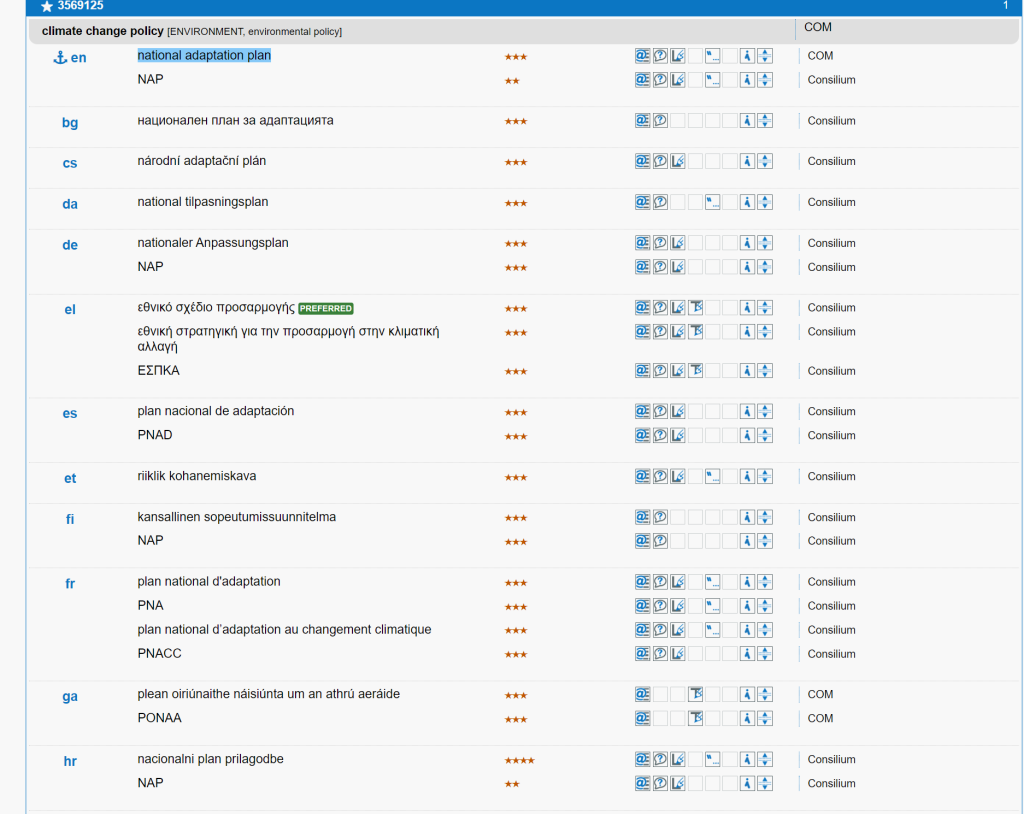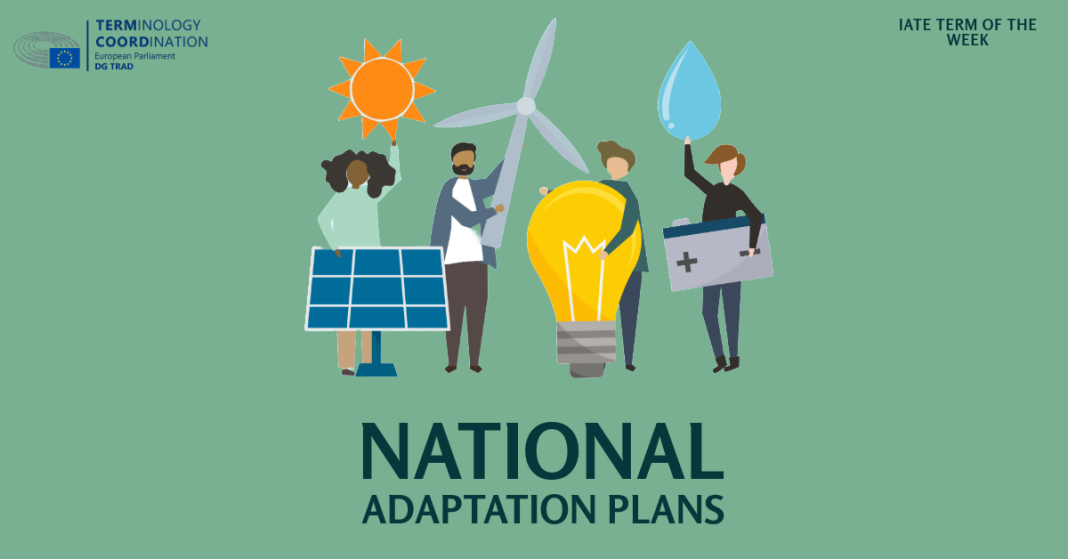National Adaptation Plans (NAPs) are comprehensive strategies developed by countries to address the impacts of climate change at a national level. These plans aim to assess the vulnerabilities and risks posed by climate change to various sectors such as agriculture, water resources, infrastructure, health, and ecosystems. NAPs outline specific policies and measures that countries can take to tackle these changing conditions.

In the context of the European Union, the legislation concerning NAPs primarily falls within the broader climate policies and strategies established by the EU. Here are some examples:
The EU’s Adaptation Strategy, adopted in 2013, provides a framework for member states to develop their own adaptation strategies and plans to address change impacts and integrate adaptation measures into various policy sectors.
National Adaptation Frameworks:
EU member states are encouraged to develop National Adaptation Frameworks, which aim to facilitate the integration of adaptation considerations into national policies, planning, and decision-making processes.
Financial Support and Coordination:
The EU provides financial support to assist member states in implementing their adaptation plans through various funding mechanisms, such as the European Structural and Investment Funds.
Climate Legislation and Policies:
The EU has established ambitious climate goals, including targets for reducing greenhouse gas emissions and promoting sustainability across sectors. NAPs are expected to align with these broader climate policies and contribute to achieving the EU’s climate objectives.
Monitoring and Reporting:
The EU encourages member states to regularly monitor and report on the implementation and effectiveness of their adaptation measures. Reporting mechanisms ensure transparency and accountability in the progress of adaptation actions.
The EU’s legislative framework emphasizes the integration of adaptation into various sectors and policies, fostering collaboration among member states, and providing support through funding and knowledge-sharing initiatives. By encouraging the development and implementation of NAPs, the EU aims to enhance resilience and preparedness in the face of climate change impacts across its member states.
Bibliography
Climate Policy Infohub. (2023). Adaptation Policy in the EU – An Overview. Retrieved from: Climate Policy Infohub – Adaptation https://climatepolicyinfohub.eu/adaptation-policy-eu-%E2%80%93-overview.html
United Nations Climate Change. (2023). COP28 Agreement Signals “Beginning of the End” of the Fossil Fuel Era. Retrieved from: United Nations Climate Change – COP28 https://unfccc.int/cop28
Written by Marina Scelta
Born in Palermo (Italy), passionate about learning languages since a very young age, she studied Interpreting and Translation for English and French in her hometown, then moved to London for a Master’s Degree in the same domain (University of Westminster), eager to earn some first-hand experience in an international environment. In 2020, she decided to move back to Italy, where she applied for her second Master’s Degree in Foreign Languages for International Communication (Università degli Studi di Torino). In 2021, she had the opportunity to move to Strasbourg as an Erasmus student for almost one year, at the end of which she made of that city her new home. Currently in the process of writing her master’s thesis, in her free time Marina enjoys travelling, singing, walking in the nature, solving crosswords puzzles, and mostly looking around for vegan food.

